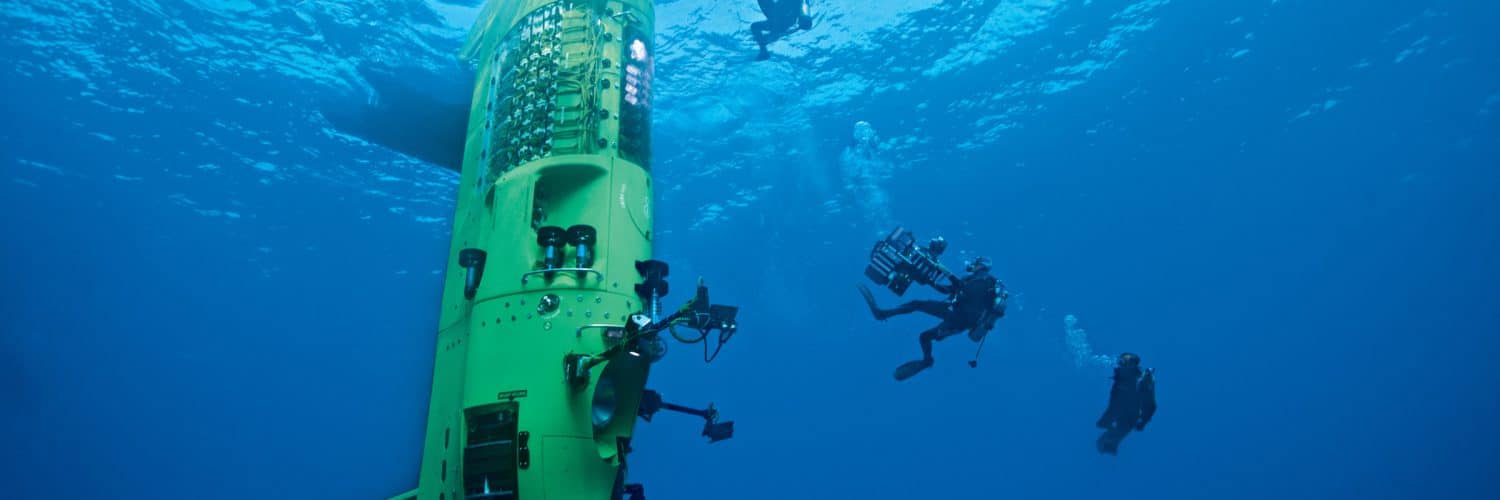To name but two examples, 60% of the world’s magnesium, an indispensable element of alloys for the aviation industry, lies at the bottom of the sea, and the quantity of natural gas hydrates (NGH or ‘methane clathrates’, which liquefy at -20°C whereas LNG requires -163°C) is two or three times greater than that of known deposits of fossil fuels.
Other resources are available: fresh water, or sources of primary energy based upon thermal gradients or the enormous energy dissipated among the tides, swells and waves. The potential energy of a wave 1 metre high and 100 metres long is around 333 kilojoules. If the wave takes a second to flatten, it dissipates around 300 kilowatts of energy; a similar wave 2.5 metres high (during a storm) (3) would dissipate around 6,000 kilowatts. The most favourable coastlines lie between latitudes 30° and 60° (higher waves in the southern hemisphere, but longer coastlines in the northern hemisphere). The great potential of tidal power is well-known, especially in places with huge tidal ranges such as Fundy Bay in Canada (between Nova Scotia and New Brunswick) and the bay of the Mont-Saint-Michel in France.




Ajouter un commentaire